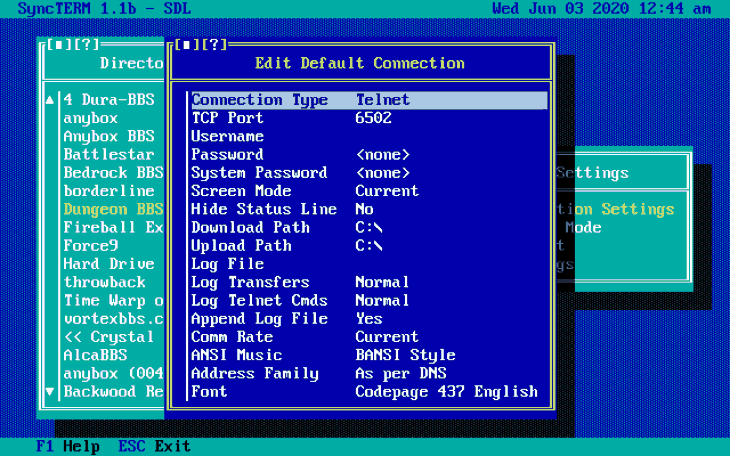

One particularly influential example was PLATO, which had thousands of users by the late 1970s, many of whom used the messaging and chat room features of the system in the same way that would later become common on BBSes. Commercial systems, expressly intended to offer these features to the public, became available in the late 1970s and formed the online service market that lasted into the 1990s. Similar functionality was available to most mainframe users, which might be considered a sort of ultra-local BBS when used in this fashion. The system was expensive to operate, and when their host machine became unavailable and a new one could not be found, the system closed in January 1975.

But users found ways to express themselves outside these bounds, and the system spontaneously created stories, poetry and other forms of communications. The system acted primarily in the form of a buy and sell system with the tags taking the place of the more traditional classifications. It did offer the ability to tag messages with keywords, which the user could use in searches. The poor quality of the original modem connecting the terminals to the mainframe prompted Community Memory hardware person, Lee Felsenstein, to invent the Pennywhistle modem, whose design was highly influential in the mid-1970s.Ĭommunity Memory allowed the user to type messages into a computer terminal after inserting a coin, and offered a "pure" bulletin board experience with public messages only (no email or other features).

Community Memory therefore ran on a mainframe computer and was accessed through terminals located in several San Francisco Bay Area neighborhoods. Useful microcomputers did not exist at that time, and modems were both expensive and slow.
#SYNCTERM XMODEM FREE#
Most surviving BBSes are accessible over Telnet and typically offer free email accounts, FTP services, IRC and all the protocols commonly used on the Internet. Today, BBSing survives largely as a nostalgic hobby in most parts of the world, but it is still an extremely popular form of communication for Taiwanese youth (see PTT Bulletin Board System).
#SYNCTERM XMODEM SOFTWARE#
Over the next year, many of the leading BBS software providers went bankrupt and tens of thousands of BBSes disappeared. The introduction of inexpensive dial-up internet service and the Mosaic web browser offered ease of use and global access that BBS and online systems did not provide, and led to a rapid crash in the market starting in 1994. InfoWorld estimated that there were 60,000 BBSes serving 17 million users in the United States alone in 1994, a collective market much larger than major online services such as CompuServe. Low-cost, high-performance asynchronous modems drove the use of online services and BBSes through the early 1990s. Bulletin board systems were in many ways a precursor to the modern form of the World Wide Web, social networks, and other aspects of the Internet. BBSes with multiple phone lines often provide chat rooms, allowing users to interact with each other. Many BBSes also offer online games in which users can compete with each other. In the early 1980s, message networks such as FidoNet were developed to provide services such as NetMail, which is similar to internet-based email. Once logged in, the user can perform functions such as uploading and downloading software and data, reading news and bulletins, and exchanging messages with other users through public message boards and sometimes via direct chatting. A welcome screen for the Free-net bulletin board, from 1994Ī bulletin board system or BBS (also called Computer Bulletin Board Service, CBBS ) is a computer server running software that allows users to connect to the system using a terminal program.


 0 kommentar(er)
0 kommentar(er)
